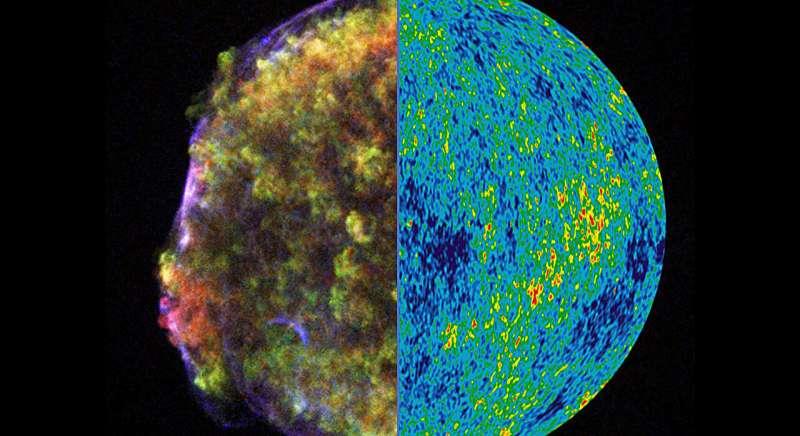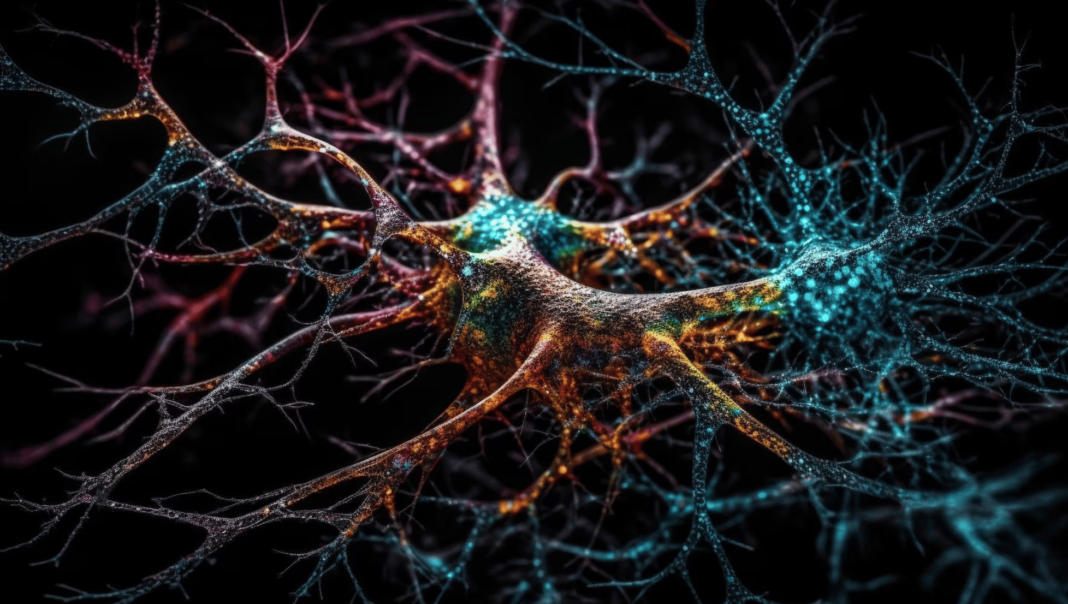In recent years, the field of astronomy has grappled with a perplexing issue: the disagreement between two primary methods used to measure the expansion of the universe. While the universe undeniably expands, the precise rate of this expansion, known as the “Hubble constant,” remains a topic of contention. Astrophysicists at the Niels Bohr Institute have proposed an innovative solution to this cosmic puzzle, offering a new method that could potentially bridge the gap between the conflicting measurements.
Unveiling the Cosmic Conundrum: Hubble Trouble
The foundation of this cosmic conundrum was laid over a century ago when astronomers like Edwin Hubble observed the velocities of distant galaxies. As the universe expands, galaxies move away from each other, and the rate of this movement is encapsulated by the elusive Hubble constant. Measuring it with utmost precision is pivotal for understanding the cosmos.
Several methods exist to determine the Hubble constant, with two primary contenders. The first method involves locating galaxies and meticulously calculating their distances and speeds, often with the aid of supernovae. The second method analyzes irregularities in the cosmic background radiation, a relic of the Big Bang. Both approaches yield similar results but with slight disparities.
Hubble Trouble Unveiled: The Dilemma
As measurement techniques improved and uncertainties decreased, it became evident that the disparities between the two methods couldn’t be attributed solely to measurement errors. This revelation led to the intriguing “Hubble trouble” and ignited debates within the realm of astronomy.
Crashing Neutron Stars: A Cosmic Solution
To tackle the enigma surrounding the Hubble constant, Albert Sneppen, a Ph.D. student in astrophysics at the Cosmic Dawn Center (Niels Bohr Institute), introduced an inventive method. This method involves the study of ultra-compact neutron stars, remnants of supernovae, that orbit each other and ultimately merge, resulting in a spectacular phenomenon known as a “kilonova.”
Sneppen’s research uncovered the remarkable symmetry of kilonovae explosions, which, as it turns out, offers a valuable clue. By precisely measuring the luminosity of kilonovae and comparing it with the observed light on Earth, astronomers can deduce the distance to galaxies hosting these cosmic events.
A Promising Path Forward
While the kilonova method has shown promise, astrophysicists emphasize the need for further exploration and more case studies to establish its reliability definitively. Nevertheless, it holds the potential to bypass certain uncertainties associated with traditional measurement methods, such as the variability of supernovae.
In the quest to decipher the mysteries of the universe’s expansion, astrophysicists are continually innovating. The introduction of the kilonova method offers a glimmer of hope in resolving the Hubble trouble and bringing harmony to our understanding of the cosmos.
1. What is a neutron star?
A neutron star is a celestial object that forms as the remnant core of a massive star after a supernova explosion. These stars are incredibly dense and composed almost entirely of neutrons, subatomic particles found in the nuclei of atoms. Neutron stars are typically very small, with diameters on the order of 12 miles (20 kilometers), yet they contain mass comparable to that of our Sun. Due to their extreme density, neutron stars possess unique and mind-boggling properties, including intense gravitational forces.
2. Do neutron stars cause black holes?
Neutron stars themselves do not cause the formation of black holes, but they can potentially evolve into black holes under specific conditions. This transformation occurs when a neutron star continues to accumulate mass from its surroundings, typically through a process called accretion. If the neutron star’s mass surpasses a critical threshold known as the Tolman-Oppenheimer-Volkoff (TOV) limit, it can no longer support its own structure against gravitational collapse. At this point, it can collapse further to become a black hole. So, while neutron stars do not inherently cause black holes, they can serve as progenitors under certain circumstances.
3. Why are neutron stars harmful?
Neutron stars themselves are not harmful in the traditional sense because they are located in space and do not interact with life on Earth. However, their properties make them incredibly inhospitable and potentially hazardous to anything that ventures too close. The intense gravitational fields around neutron stars can distort nearby objects, including light, and create extreme conditions such as intense radiation and powerful magnetic fields. These conditions could be harmful or even deadly to any spacecraft or astronauts in close proximity. Therefore, while neutron stars are not intrinsically harmful, their extreme environment can pose risks to exploratory missions.
4. Are neutron stars hot or cold?
Neutron stars are extremely hot when they initially form. The heat is a remnant of the immense energy released during the supernova explosion that created them. Neutron stars can have surface temperatures in the range of hundreds of thousands to millions of degrees Celsius (or Kelvin) immediately after their formation.
However, over time, neutron stars gradually cool down. They emit thermal radiation and lose heat as they age. Despite this cooling, they remain incredibly hot relative to most objects we encounter on Earth. Even “cooled” neutron stars can have surface temperatures in the thousands of degrees Celsius. So, while they cool down over time, they are still much hotter than what we consider hot on our planet.











